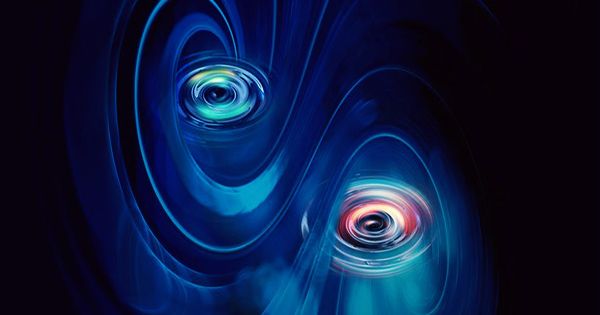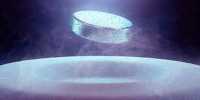Physicists have shown the way to move around Heisenberg’s uncertainty principle, one of the central discoveries of physics of the twentieth century. To achieve this they have two small – but still macroscopic – vibrating drums involved in a significant advance within them. The principle of uncertainty states that it is impossible to know the position and motion of an object at the same time. The obsolescence of each measurement, multiplied together must be greater than half of the Planck constant.
Measuring one always creates a disturbance that creates uncertainty about the other through a process known as quantum back action. While it makes a lot of jokes about car travel or billiard balls, in a human form this effect is trivial. On the other hand, in very small quantities, especially when working with subatomic particles, it greatly hinders our ability to know the world. However, Dr. Mika Sillanpää of the University of Alto in Finland has proved that the principle can be avoided if two objects are connected to each other by a phenomenon known as quantum entanglement.
Sillanpää and colleagues made tiny aluminum drumheads and used microwaves to vibrate in a few billion times a second. Sillanpää said in a statement, although not classically connected, drumheads are intertwined in such a way that changes in one affect the other. “A drum reacts in opposite ways to all the energy of another drum, with a kind of negative mass.” Involving these two is a significant achievement in itself. In fact, a report from a team led by Dr. Shlomi Kotler of the University of Colorado found the same version of the Sillanpää paper-carrying science that found very similar similarities.
Both groups use drumheads smaller – 10mm or one-fifth the width of human hair but still large enough to see without a microscope. Quantum has been shown to interact for decades with objects the size of a few atoms or smaller, but it has proved difficult to measure. Quantum involvement on a macroscopic scale has been claimed before, but these have relied on sources that left room for doubt.Kotler in particular has been able to measure meshes more directly, creating more confidence in the results. More significantly, though, Sillanpää demonstrated the absence of quantum backlash in his system. Measuring the position of a drumhead does not destroy our knowledge of the speed of the system as a whole.
















